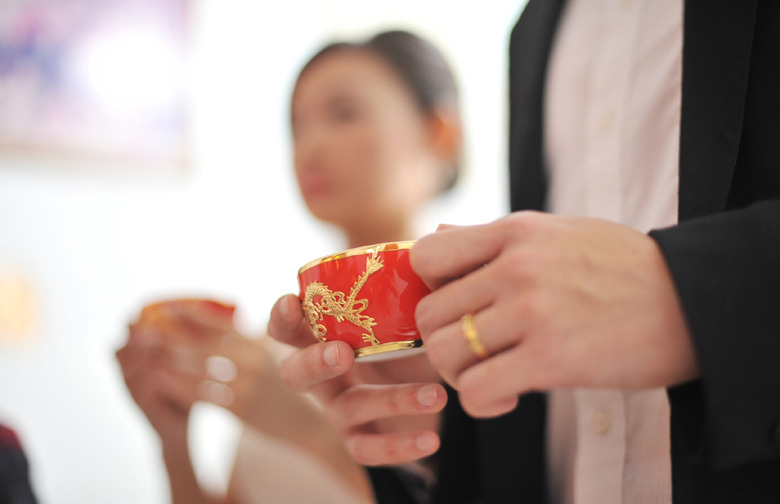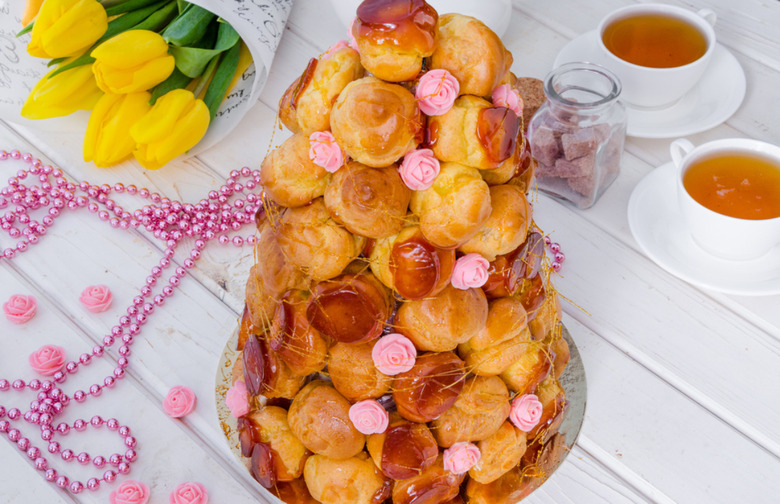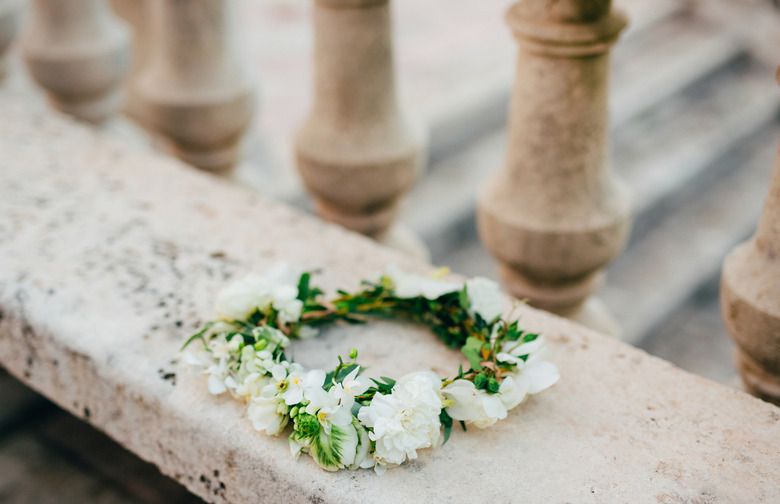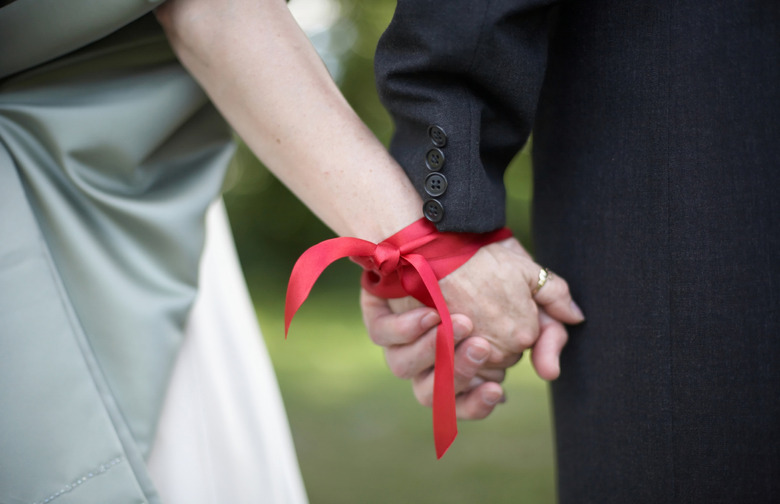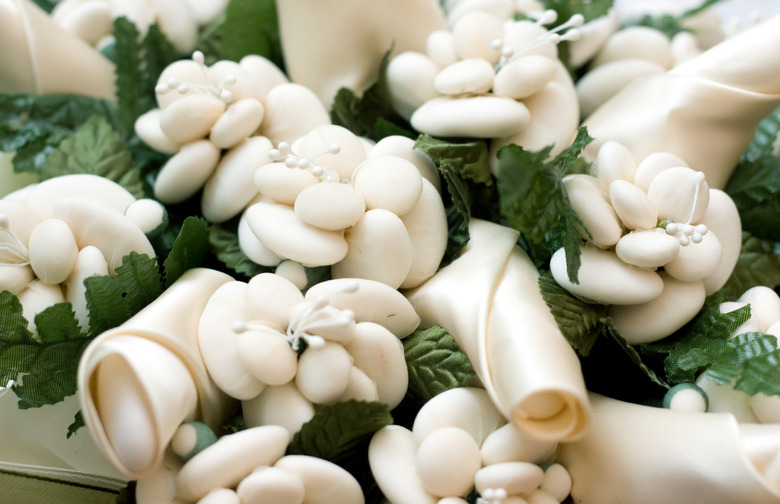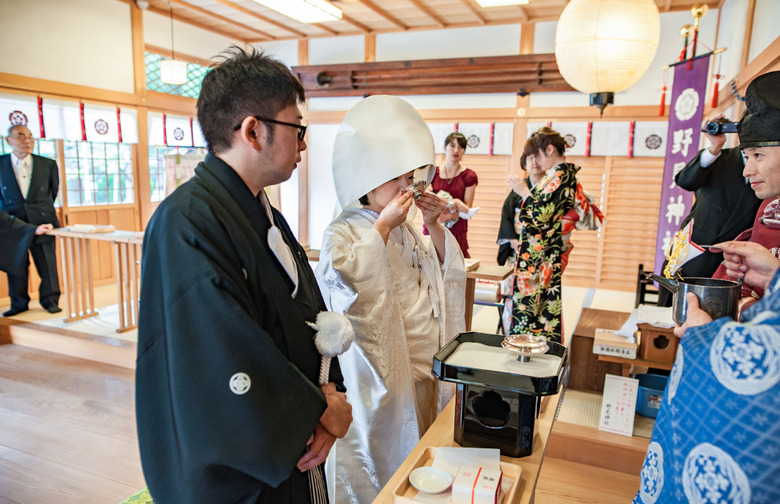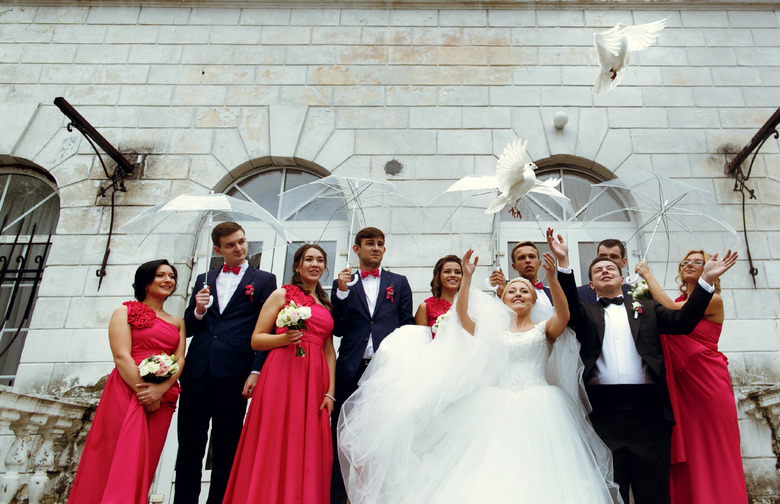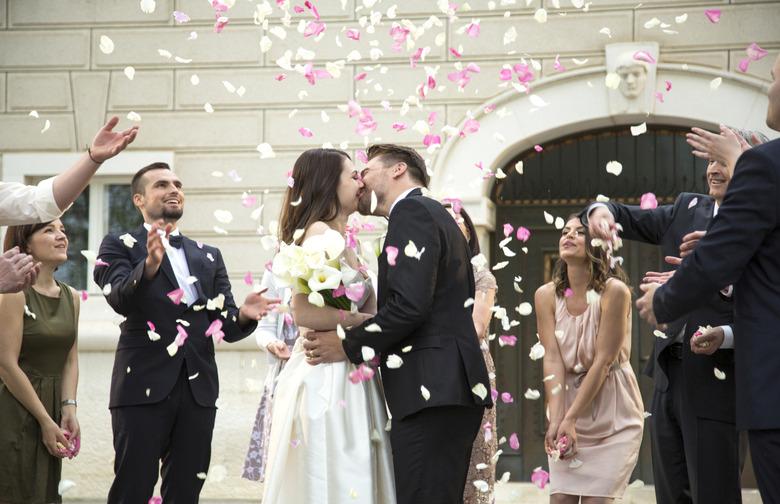15 Unique International Wedding Traditions American Couples Should Steal Slideshow
American weddings are filled with their own traditions. We have bachelor and bachelorette parties, rehearsal dinners, cake cutting ceremonies, and bridal portraits, for example. And while you'll find these things in many countries across the world, they all have roots in Western culture. But each and every place around the world has its own wedding traditions, filled with beautiful symbolism that any couple can appreciate as they start their new life together surrounded by family and friends.
If you're looking to tap in to your own roots or incorporate a few different cultures in your wedding, feel free to borrow from these 15 unique international wedding traditions.
Brazil: Bem Casados
"Bem casados" translates to "well married," and these sandwich cookies are handed out to guests as favors at Brazilian weddings. The "cookies" are actually vanilla sponge cakes and the filling is traditionally a milkier twist on dulce de leche. As guests eat these cookies, they're supposed to think of good wishes for the couple.
China: Tea Ceremony
Though Chinese weddings have become Westernized in many ways, the tea ceremony still plays an important role. The bride and groom will gather their parents, grandparents, and other honored relatives and serve them tea as a sign of respect. Though traditionally the bride's and groom's families were served separately, today there is commonly only one tea ceremony and the event is seen as a joining of the two families.
France: Croquembouche
Croquembouche are one of the most difficult desserts to make, but the results are always impressive. These small, circular pâte à choux pastries are piled high on a nougat base and beautifully decorated with spun sugar. They're light, delicious, and a stunning alternative to a classic wedding cake.
Germany: Kidnapping the Bride
The idea of a kidnapped bride may be terrifying for a groom-to-be, but this German tradition is all fun and games. The night before the wedding, the bride is taken away by family and friends and hidden at a local pub. The groom must visit various bars to find his bride (buying drinks along the way) and once he finds her, he must pay her ransom by buying a round of drinks or performing romantic gestures.
Greece: Crowning Ceremony
In Greek orthodox ceremonies, the bride and groom are declared married when the priest blesses two crowns three times and places them on the heads of the bride and groom. Though styles vary with the wedding's colors and theme, traditional crowns were made of delicate white flowers and evergreen leaves as a symbol of fertility and purity.
India: Stealing the Groom’s Shoes
What better way to welcome a new member into your family than with a little prank? In Indian weddings, the bride's oldest sister will attempt to steal the groom's shoes from the wedding tent. If she's successful, the groom needs to bribe his sister-in-law in order to get his footwear back.
Ireland: Handfasting Ceremony
Ever wonder where the phrase "tie the knot" comes from? It's this Celtic wedding tradition. The two partners hold hands with their wrists crossed. Then, a ribbon is wound around the top of one wrist and under and around the other wrist, creating the infinity symbol and symbolizing the union of two people for life.
Israel: Chuppah
In Israel and at other Jewish weddings, the couple gets married under a chuppah, or canopy, consisting of four poles and a sheet. It symbolizes a Jewish home and hospitality and acts as the couple's first home together.
Italy: Confetti
At Italian weddings, confetti is not little scraps of paper thrown at the bride and groom after the ceremony. It's candy-coated almonds! White almonds represent the wedding day, pink and blue almonds represent the couple's future children, and silver and gold almonds represent future anniversaries and a long life together. These candies used to be thrown at the bride and groom but are now given out as favors to guests.
Japan: San San Kudo
Of course sake is a part of a traditional Japanese wedding. The phrase san san kudo means "three, three, nine times" — during this ceremony the bride groom and bride drink sake three times from three different cups. In exchanging cups, they are also exchanging their marriage vows. The couple's parents also drink from the sake cups, symbolizing the union of two families.
Mexico: Padrinos, Sponsors of the Wedding
A happily married couple offers the bride and groom advice and mentorship during the planning process, becoming a part of a large wedding party. During the ceremony, the padrinos will have a special place in the wedding program. Oftentimes even after the wedding, these sponsors will help to guide the newlyweds into having a long and happy marriage.
Nigeria: Tasting of the 4 Elements
Adapted from Yoruba traditions, one Nigerian ceremony encourages couples to eat something bitter, sour, hot, and sweet to promise to each other that they will be together for better and for worse throughout their marriage, through bad times, passion, anger, and happiness. Traditionally, lemon, vinegar, cayenne pepper, and honey are used.
Philippines: Releasing Doves
Doves are a universal symbol of peace and love, and these white birds play an important role in Filipino weddings. During the reception, the couple will release a pair of male and female doves, symbolizing marital harmony and peace.
Poland: Money Dance
To help kick-start a couple's financial life, the bride and groom will invite guests to dance with them one-on-one during the wedding reception — for a price. The maid of honor and best men collect donations from wedding guests so they can boogie with the new husband and wife.


